The radermacher plant is not suitable for growing in rooms with too dry air. In this case, you will have to wipe the leaves daily with a damp cloth and give her a shower twice a day. But if the air in your room is humid, caring for a Radermacher flower at home will be easy. Familiarize yourself with the botanical characteristics of the crop and recommendations for its cultivation.
Radermachera (Radermachera) belongs to the Bignoniaceae family. Homeland – China, regions of Southeast Asia.
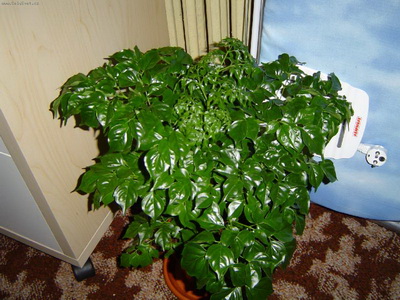
A genus of evergreen ornamental deciduous trees, with its beautiful feathery leaves, reminiscent of ash. It is a small, fast growing, beautiful shrub plant. Young flexible shoots are dark green, but as they mature, they turn brown, like the trunk. Numerous spreading, slightly drooping branches depart from the main stem, on which smooth decorative leaves of a lanceolate shape with two or three teeth along the edge are located.
Veins are clearly visible on shiny decorative leaves. The flowers are large, bell-shaped, yellow and light yellow.
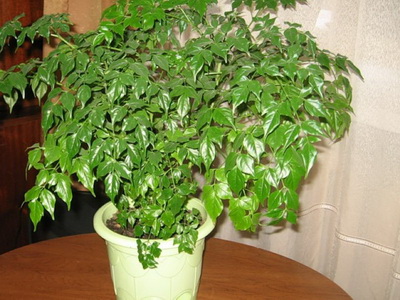
These photos show Radermacher at the time of flowering:
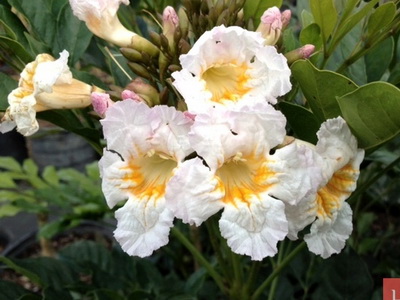

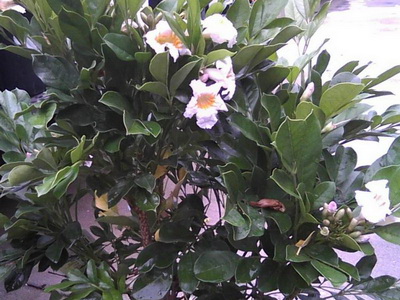


Chinese radermacher (R. sinica) is grown indoors. Radermachera variegated is also popular as a home flower – the leaves of this plant are covered with small light veins.

How to care for a radermacher houseplant
Radermacher is a light-loving plant, but in summer it should be shaded. The flower prefers a well-lit place, but is afraid of direct sunlight, so it is better to shade it.
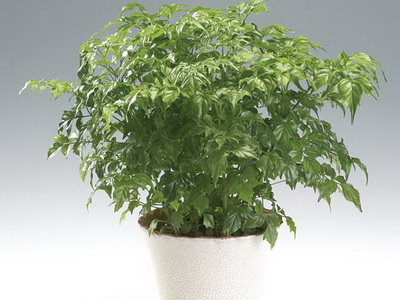
To take care of the radermacher as carefully as possible, wipe the leaves with a damp cloth to increase humidity and remove dust and give the plant a shower, although it tolerates dry air quite well.
You need a warm room with a temperature in winter not lower than 15-17 ° C. It tolerates dry room air well.
You can use any ready-made substrates with a high content of humus.
Abundant watering throughout the year, but waterlogging of the soil coma should not be allowed. Radermacher houseplant needs constant moderate watering with well-settled water at room temperature. On hot days, watering is recommended to alternate with spraying.
During the growth period, Radermacher is fed with liquid concentrated fertilizers for ornamental plants. During the period of active growth, the Radermacher needs to be fed once a week. In winter, when the plant is at rest, it will be enough to fertilize once a month. Flower fertilizer “Rose” is suitable for top dressing.
Every spring, the Radermacher is transplanted into a new pot with good drainage from the shards at the bottom.
As shown in the photo, the shoots of the Radermacher flower need to be pinched:

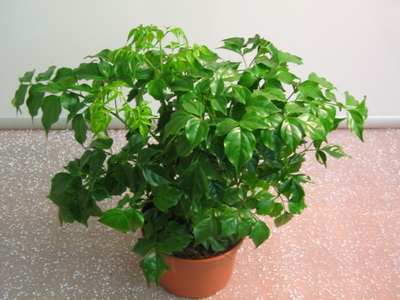

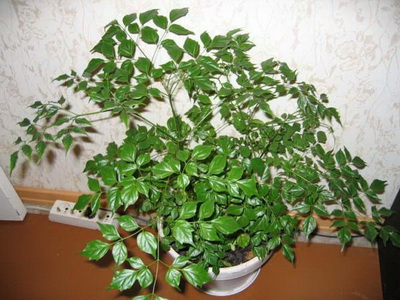
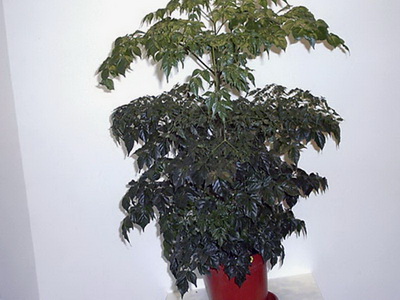
Radermacher is propagated by cuttings or seeds. Cuttings in early spring, warming up the soil or creating ideal greenhouse conditions. Harvested cuttings are rooted in loose, warm soil and kept at high temperature and humidity.
Seeds should be planted in a well-fertilized earth mixture, covered with a plastic cap. On the 10th day shoots appear, which after two to three weeks should be planted in separate containers. At the beginning of spring, excess shoots are cut off from the plant, while forming a crown.
Most often, spider mites, scale insects and thrips parasitize the plant. Collect the scale insects by hand, and insecticide treatment helps from the rest.
Due to improper care and constant waterlogging of the earthy coma, the indoor Radermacher flower begins to dry out and fall off the leaves.
Chinese Radermacher flower characteristic and home care
Chinese Radermacher does not exceed 1-1.5 m. The trunk is erect, branching from the very bottom, the leaves are double-pinnate, small glossy leaves, with pointed tips, form a beautiful lacy crown. Usually the leaves are dark green, but there are also variegated forms. A lush openwork crown is the main advantage of this plant; it is recommended to pinch young shoots to enhance branching. The plant blooms with large yellow bell-shaped flowers. A plant growing in a room, as a rule, does not bloom.
Overgrown specimens can be formed by pruning. The Chinese Radermacher responds to unsuitable care conditions with yellowing foliage and leaf fall, and then you have to wait for new leaves to appear.
The plant is photophilous, but it needs to be shaded from direct sunlight. The temperature of the content in winter is not lower than + 15C. The plant loves fresh air, but when airing, do not put it in a draft. Watering throughout the year is evenly moderate, without waterlogging and overdrying, since the plant does not have a pronounced dormant period. It reacts positively to spraying, especially in dry air in winter. During the period of active growth, top dressing with full fertilizer is necessary twice a month. In early August, feeding is stopped so that the plant has time to prepare for the dark season. Young plants are transplanted annually, adults – as needed in the spring. The soil should be nutritious, it is made up of equal parts of soddy and leafy soil with the addition of sand. For those who buy ready-made mixtures, we can recommend the Rose soil.







